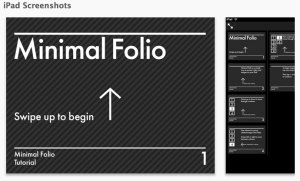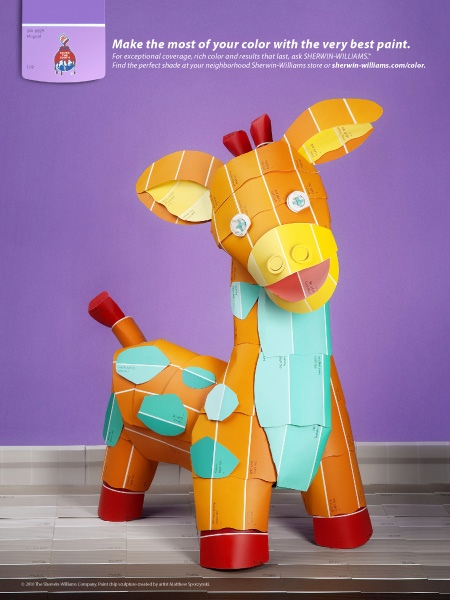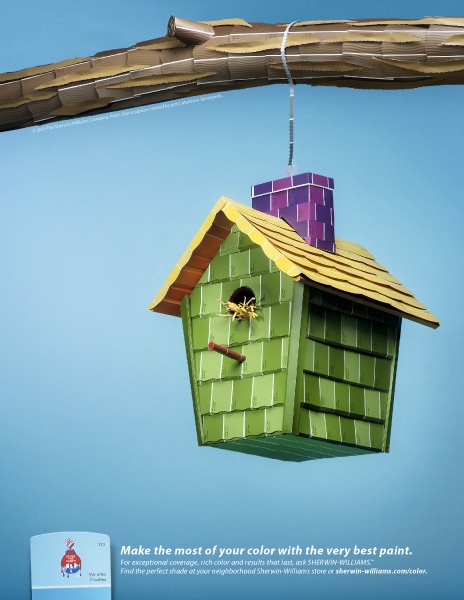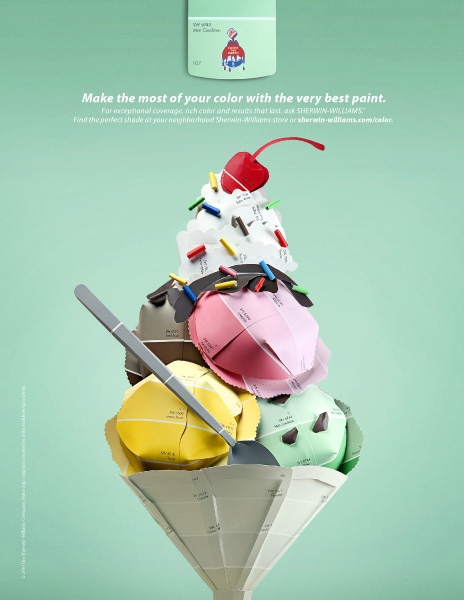For the last seventeen months I’ve been planning my wedding. Oh a girls dream! Well… Not exactly. I never really thought about my wedding until the engagement day arrived, not even as a kid. (Unless of course you include those days when I swore the only way I was even going to have a wedding was if I got to wear a black wedding dress.)
So needless to say I really had to plan my wedding “design” from scratch. After surfing the web, sifting through hundreds of really terrible wedding magazines (as well as a select few that were amazing), and watching some really addicting, yet terrible, wedding shows, I realized I was looking in the wrong place.
Yes, some of the things I found were definitely helpful, but where I really needed to do my research was with myself.
After brainstorming and just listing terms I wanted to describe the wedding of my dreams, there were a few that kept popping up. Classic, traditional, extravagant and semi-formal. I wanted something indoors because bugs and rain aren’t my thing. And basically, I really just wanted something that people would enjoy and remember.
From there, it really wasn’t too difficult to find beautiful things that suited the feeling I wanted to emit. The real difficulty of the whole planning process was choosing locations (let’s face it, Knoxville offers very little in the terms of weddings and receptions if you’re not wanting an outdoor wedding) and trying to find time during my incredibly busy school schedule to set up meetings with all these vendors as well as my wedding coordinator.
Sorry there is no real “meat” in this post (links, pictures.. Etc.), but I like to keep everything a big secret until the main event. You won’t have to wait long though, because, deep breath, the wedding is in 28 days! Pictures and links to the fabulous people who have helped me make the most beautiful wedding together will come very soon after that. I’ll even post some wonderful reviews of all the super-awesome thing I’ll see and eat in ITALY on our honeymoon! *insert uber excited scream here*













